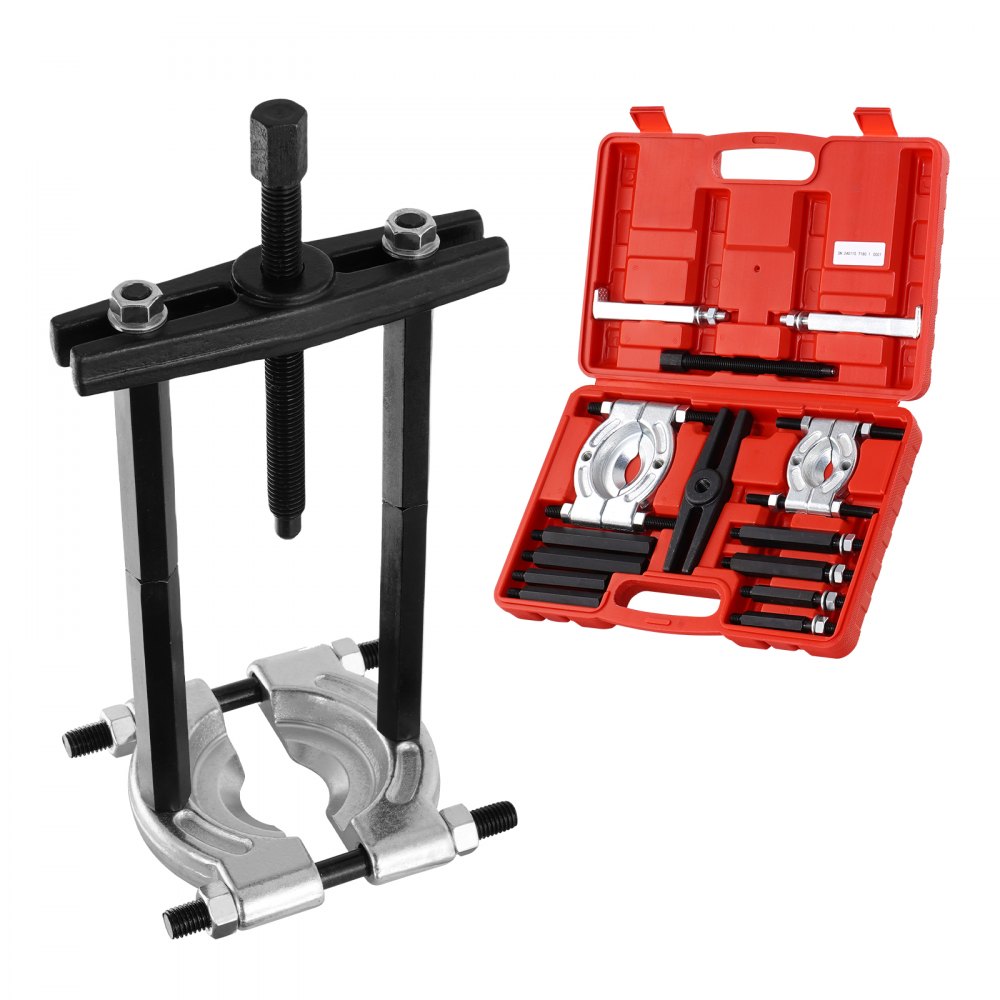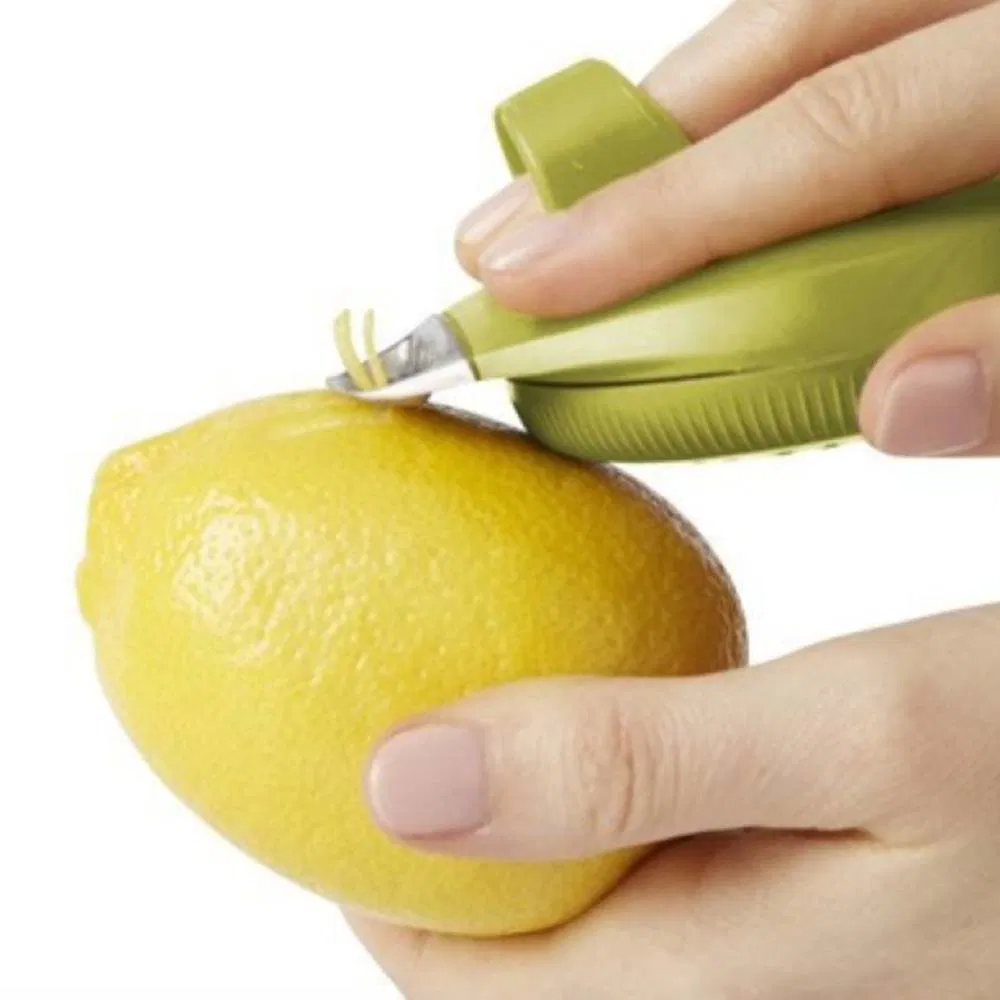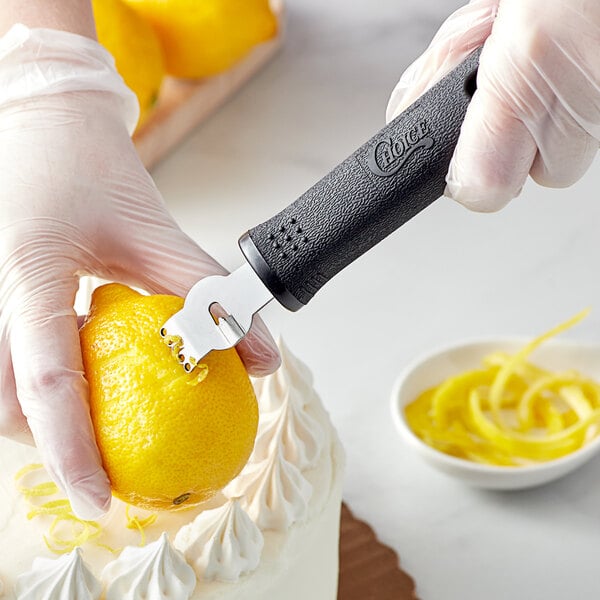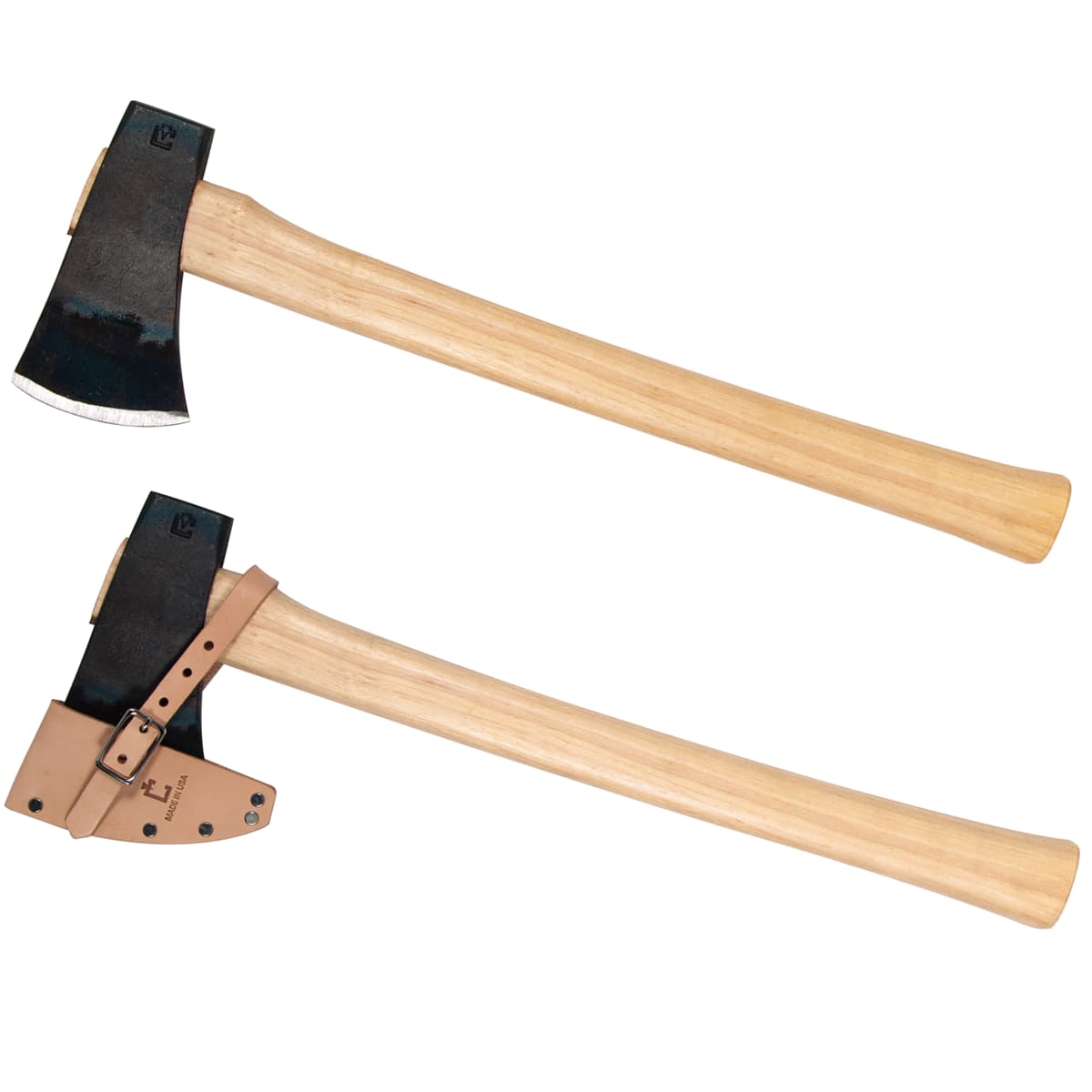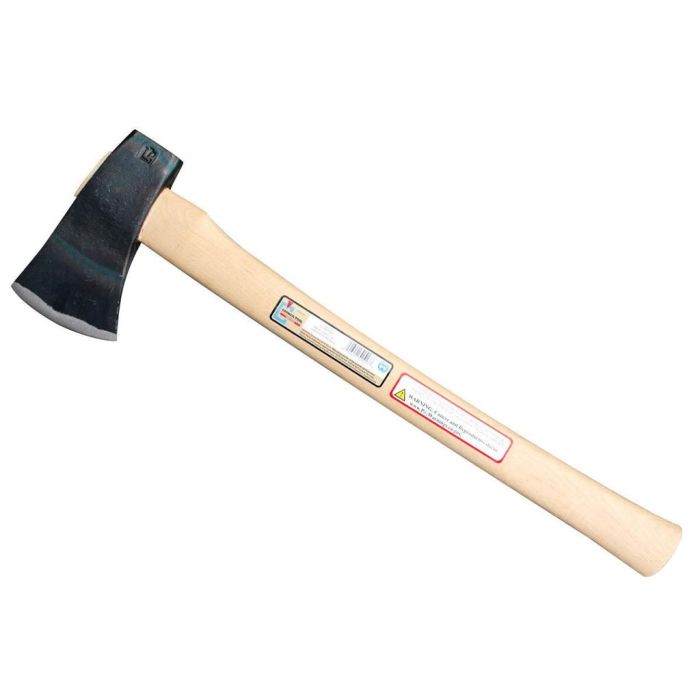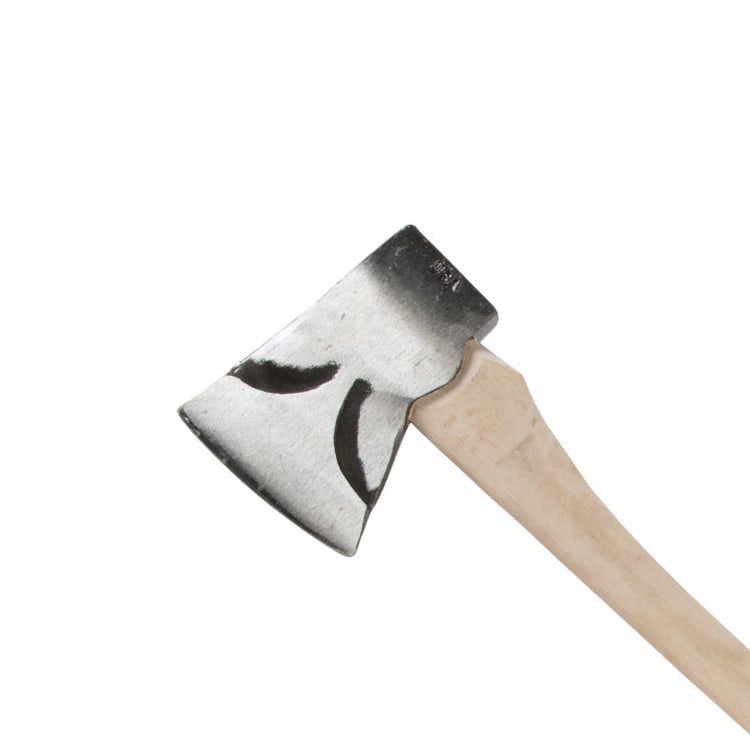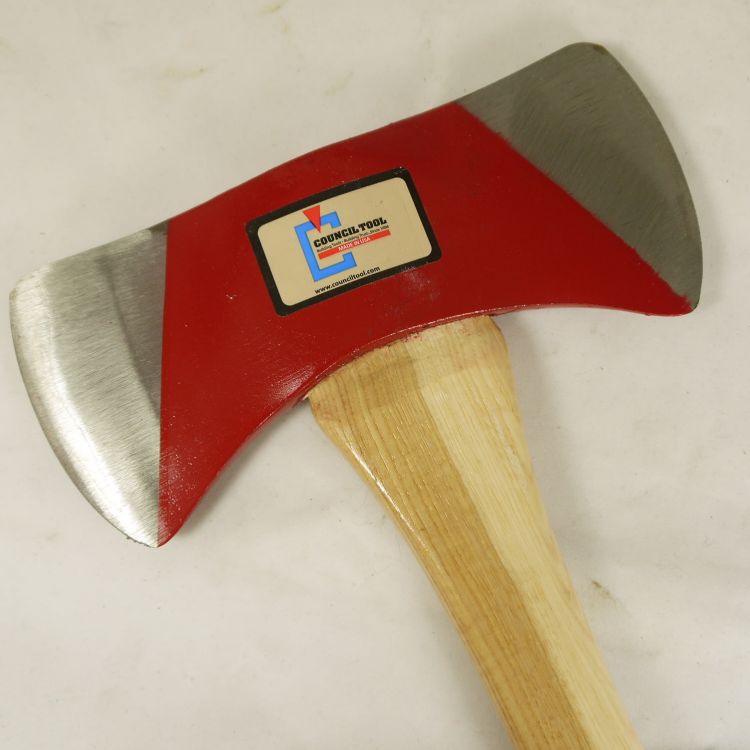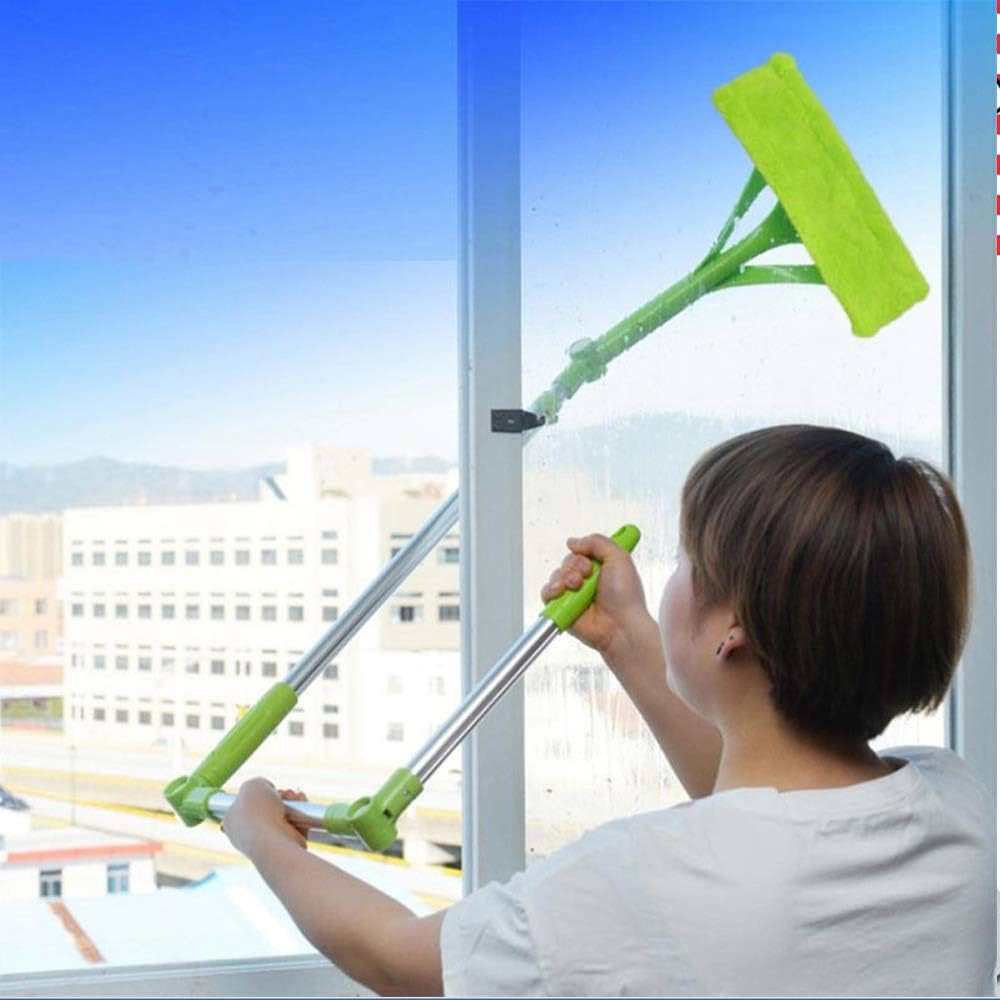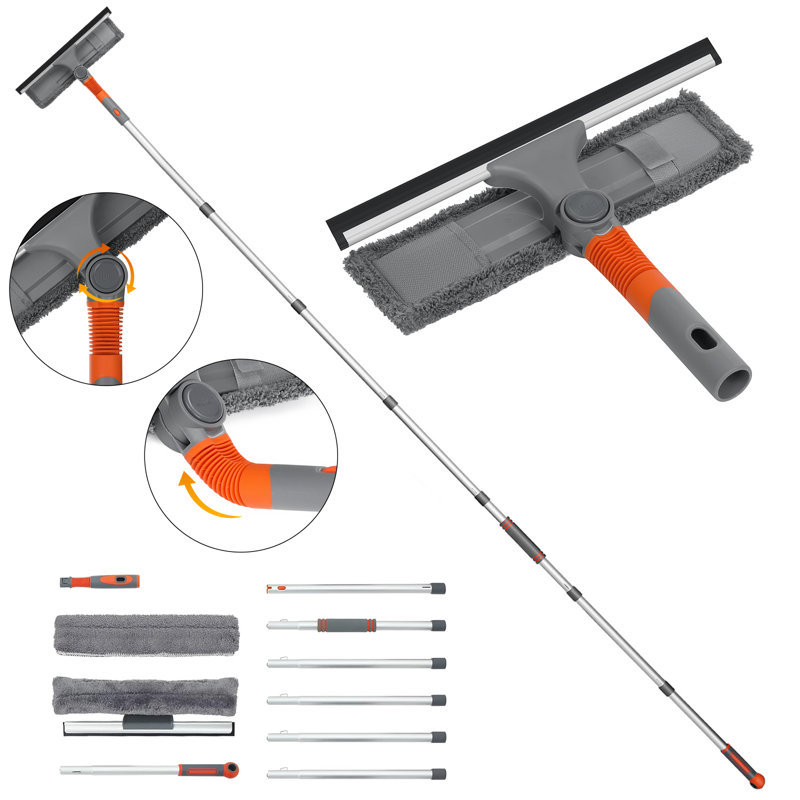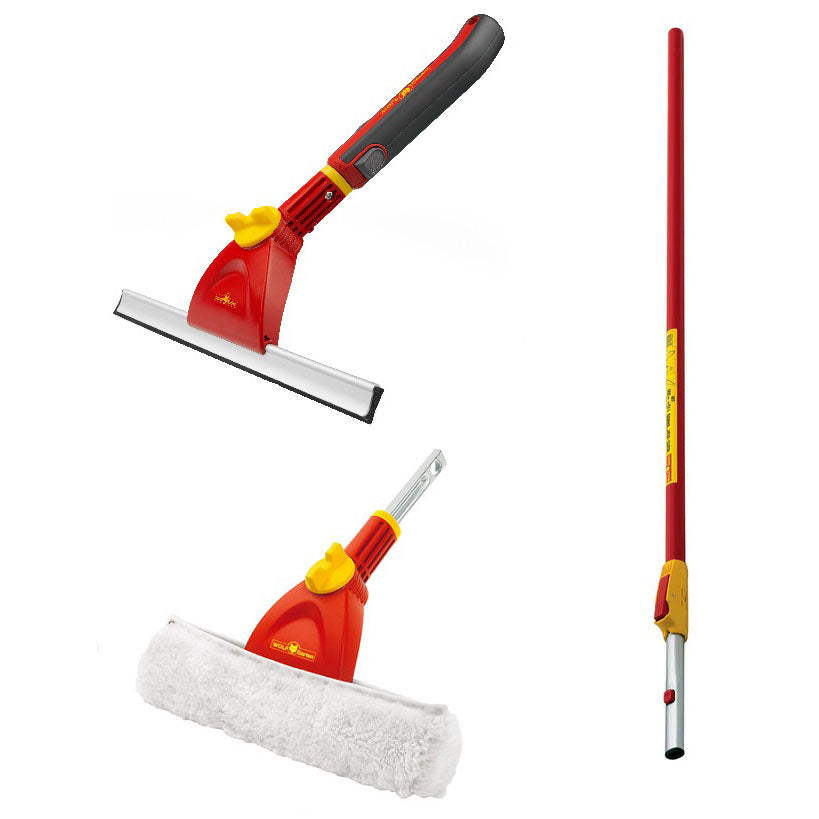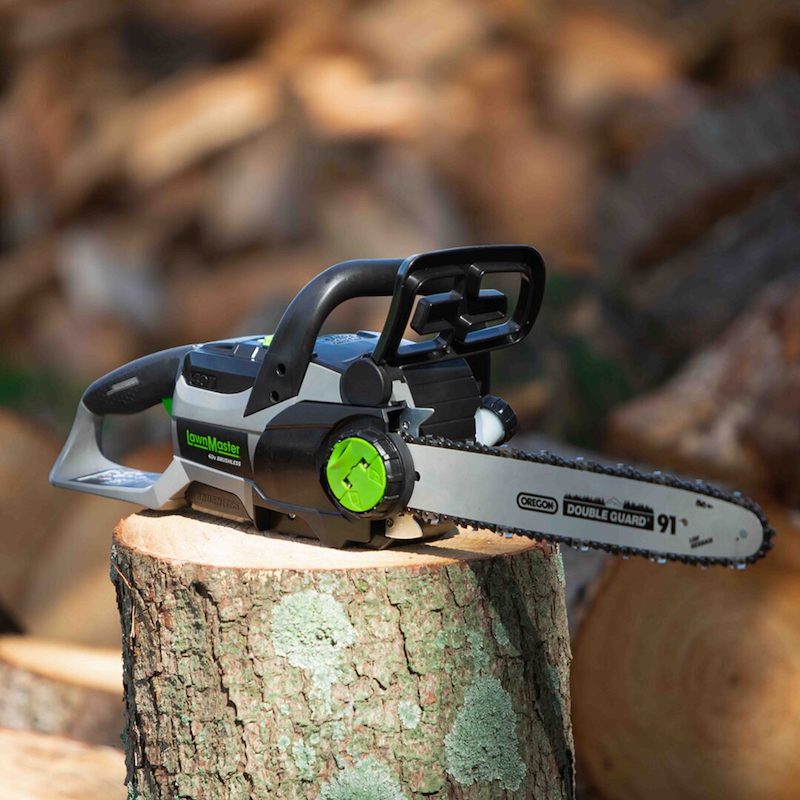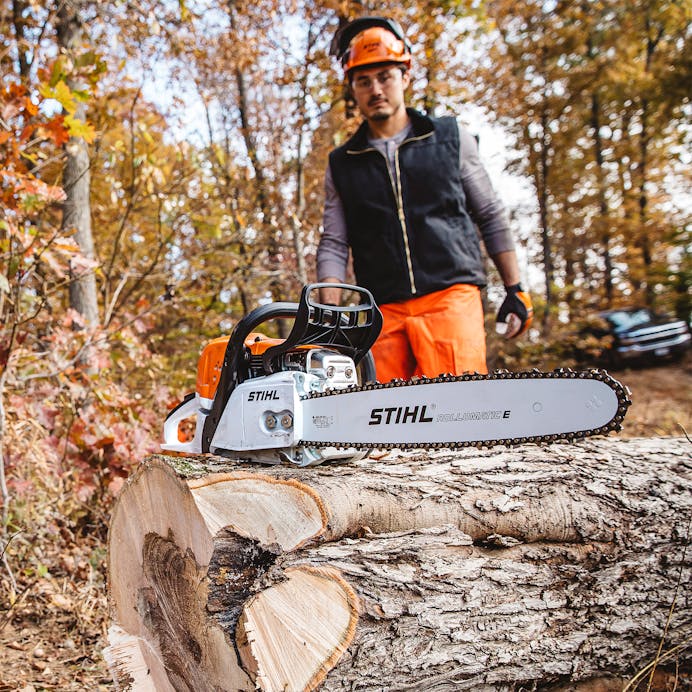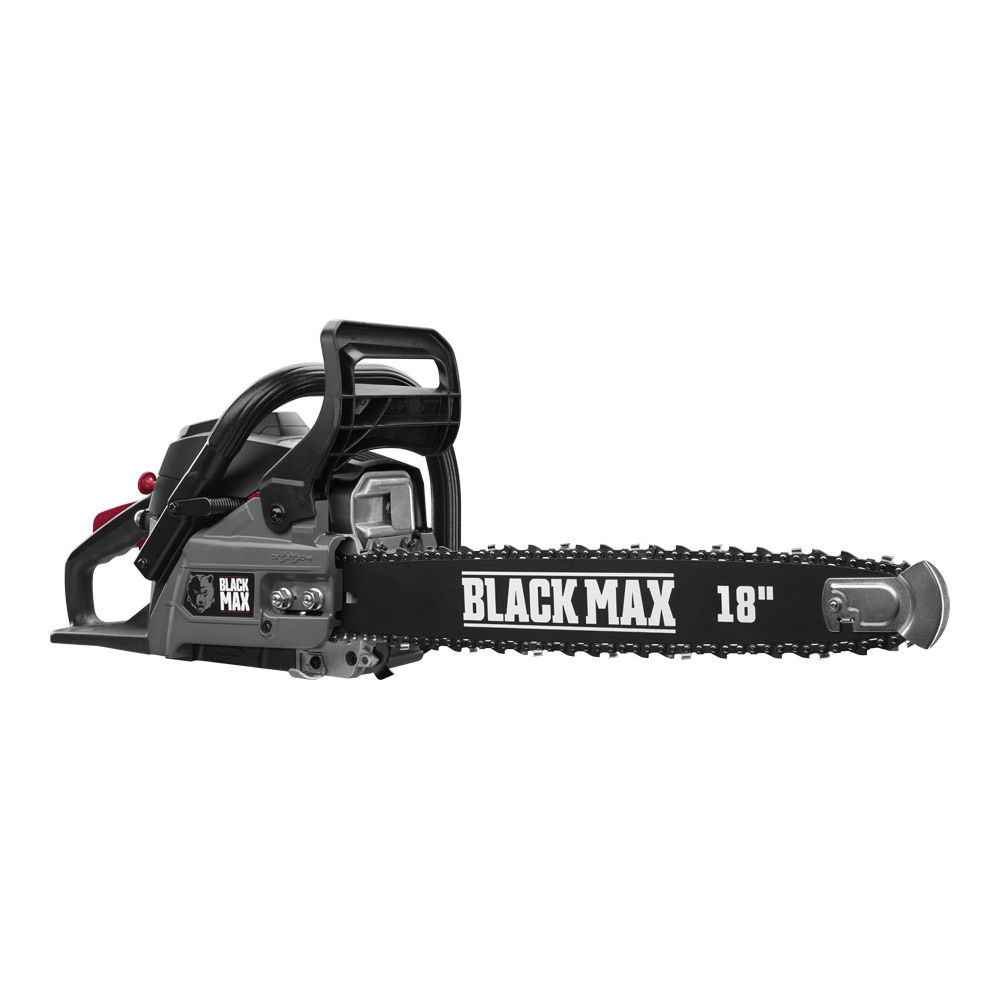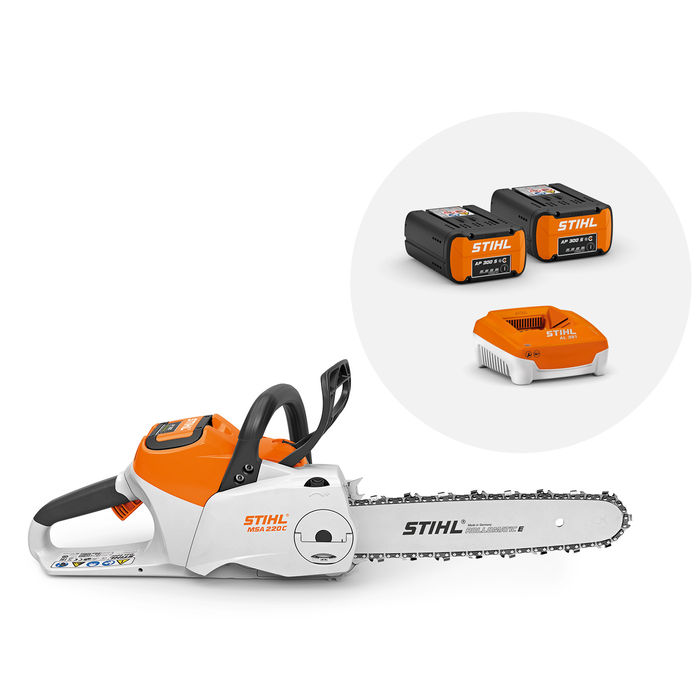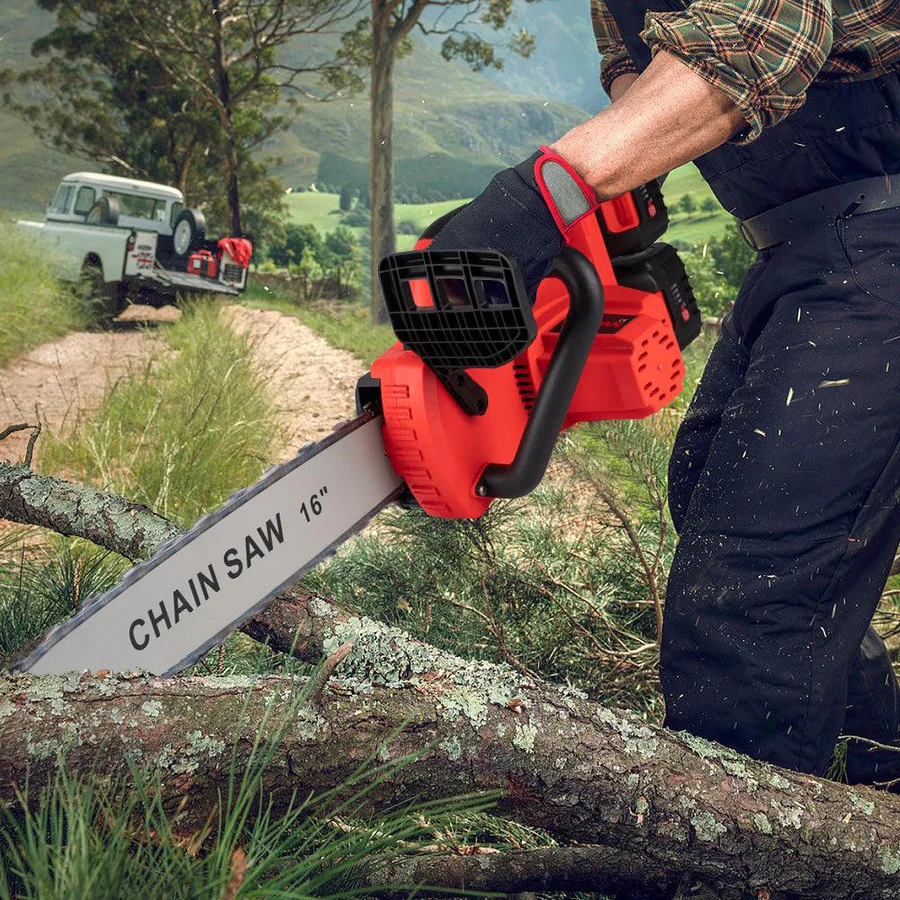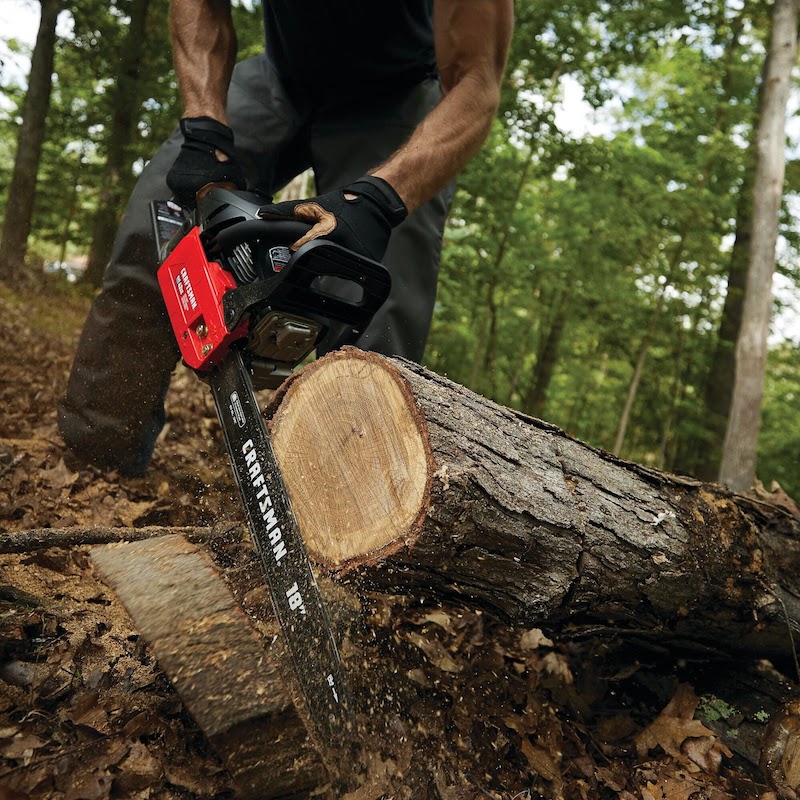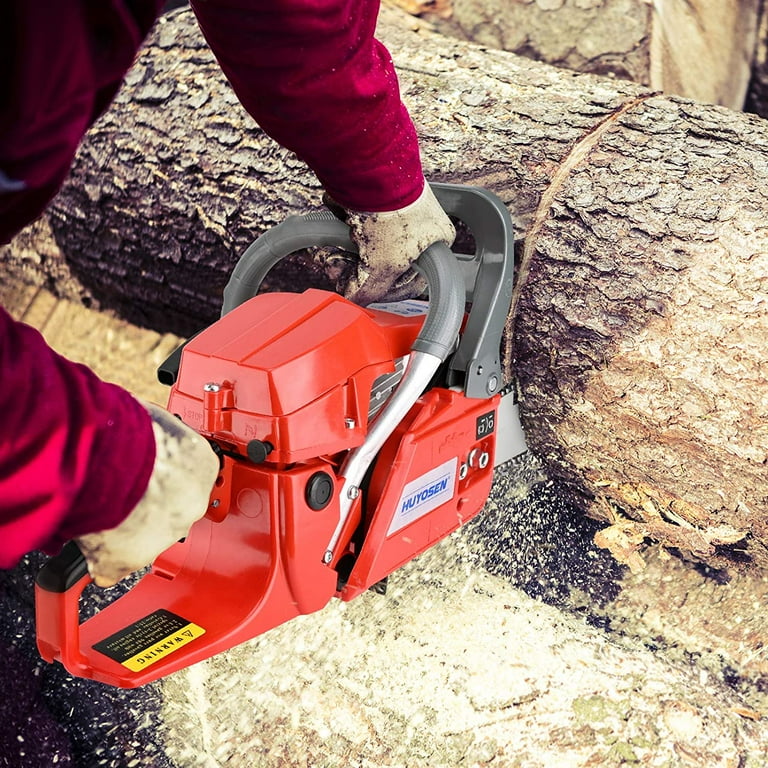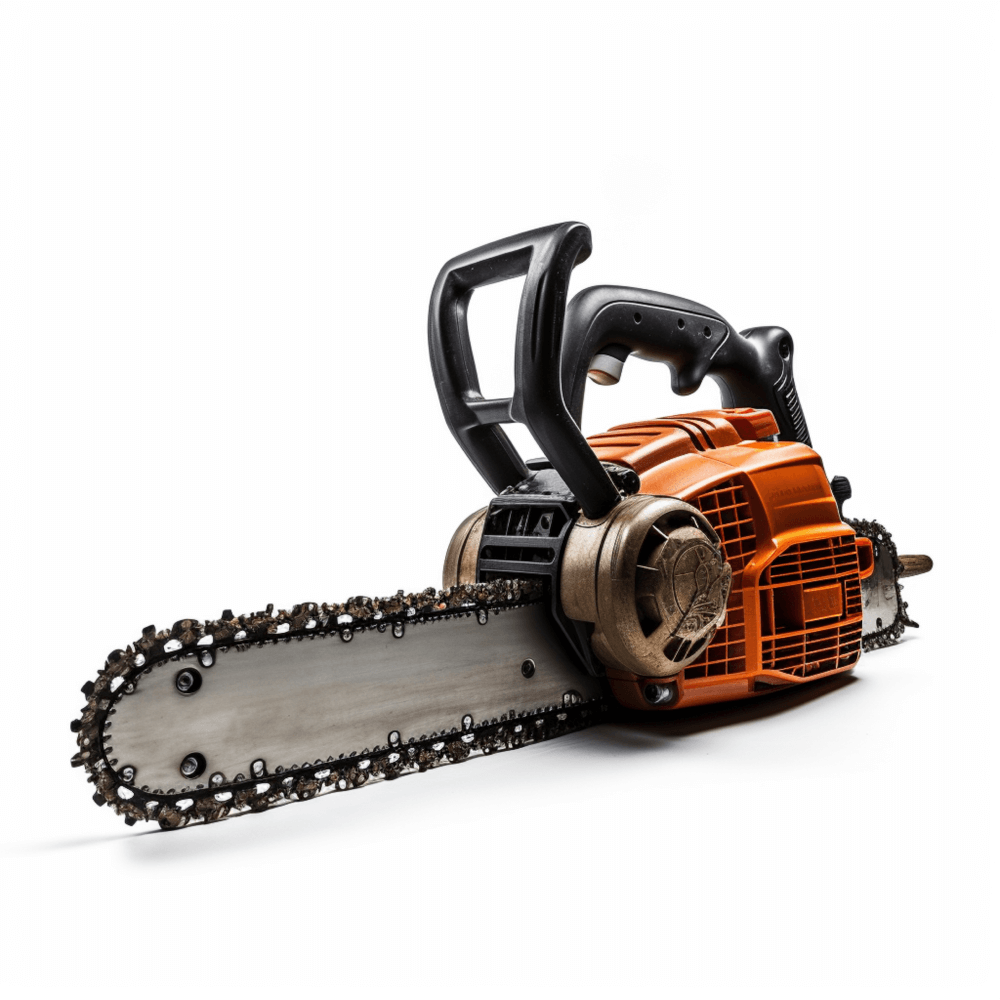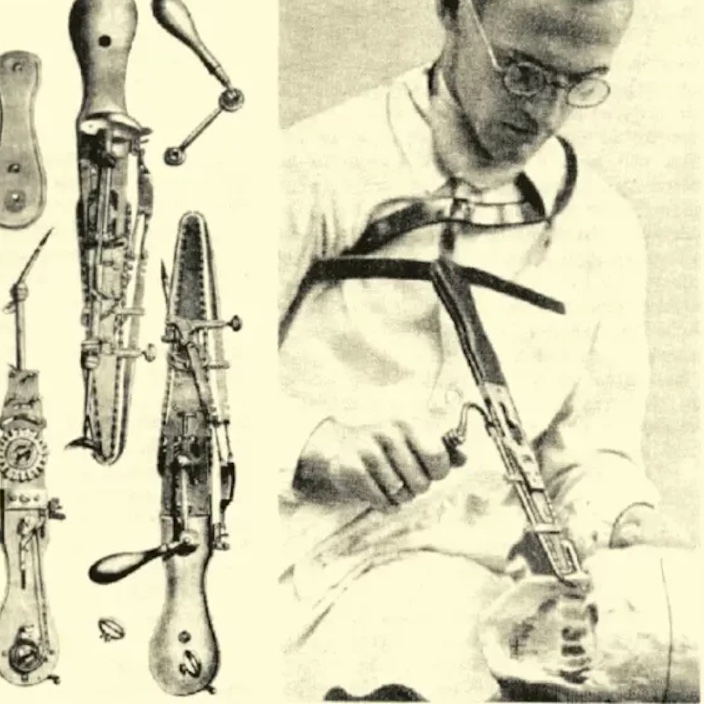Top Wheel Bearing Tool: A Guide for Automotive Enthusiasts
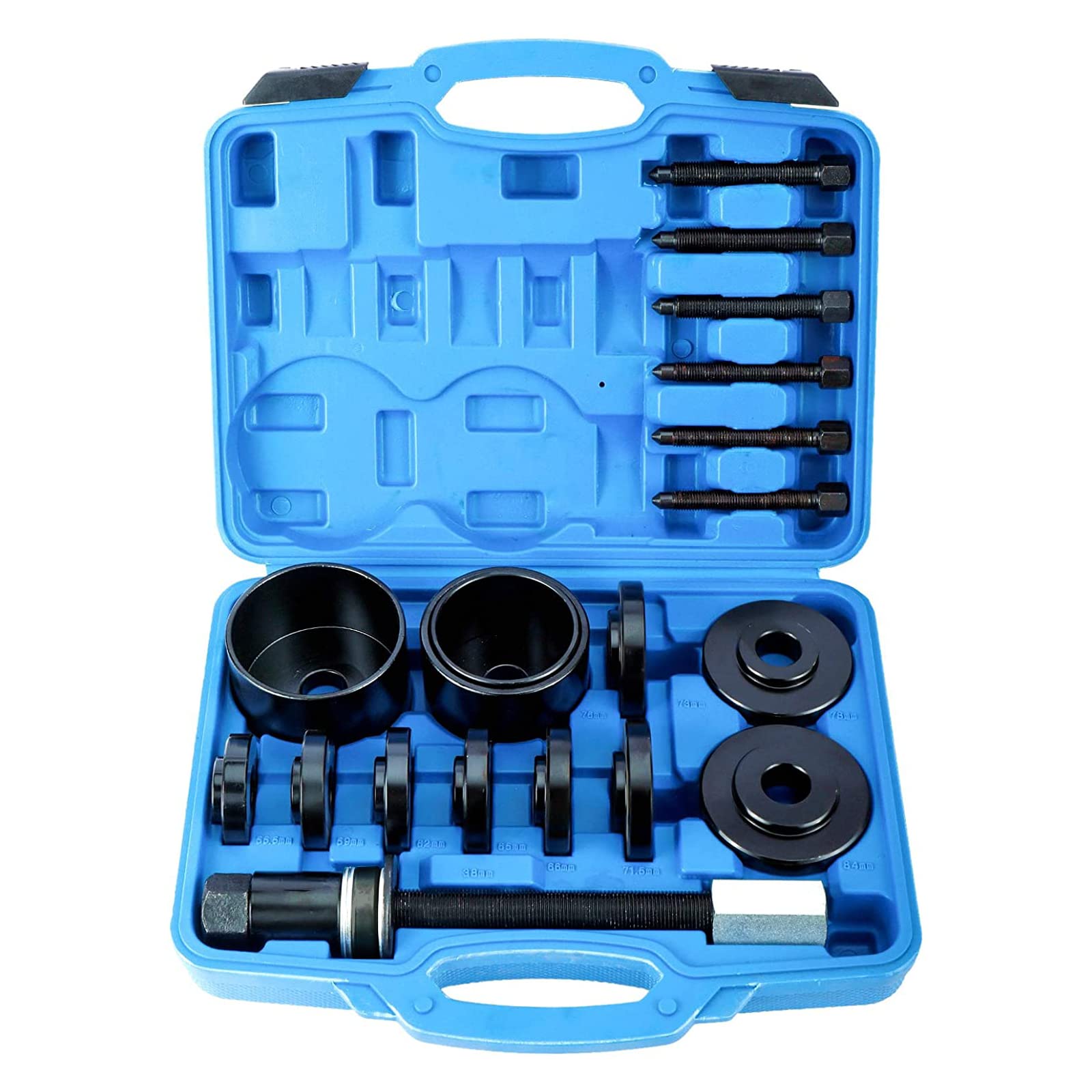
Introduction
When it comes to automotive maintenance and repairs, having the right tools can make all the difference. One such tool that is essential for any DIY mechanic or professional is a wheel bearing tool. This tool is necessary for replacing or repairing wheel bearings, which are crucial components in a vehicle’s suspension system. In this article, we will discuss the importance of wheel bearing tools and explore the top options available on the market.
Part 1: Understanding Wheel Bearings
Level 1: What are wheel bearings?
Wheel bearings are a set of steel balls or rollers held together by a metal ring. They enable the wheels to spin with minimal friction and support the vehicle’s weight. When they wear out, they can cause excessive noise, vibration, and even compromise the vehicle’s handling.
Level 2: Signs of worn wheel bearings
Common signs of worn wheel bearings include grinding or grating noises while driving, excessive play or looseness in the wheel, and uneven tire wear. It is essential to address these issues promptly to prevent further damage to the vehicle’s suspension and steering components.
Part 2: Importance of Wheel Bearing Tools
Level 1: Why do you need a wheel bearing tool?
A wheel bearing tool is necessary for safely and effectively removing and installing wheel bearings. Without the proper tools, attempting to replace or repair wheel bearings can be extremely challenging and may result in damage to the surrounding components.
Level 2: Avoiding costly repairs
By investing in a quality wheel bearing tool, car owners can save money in the long run by performing wheel bearing maintenance themselves. This can prevent more extensive damage to the vehicle and eliminate the need for costly repairs at a mechanic’s shop.
Part 3: Types of Wheel Bearing Tools
Level 1: Mechanical wheel bearing tools
Mechanical wheel bearing tools are often used for pressing, pulling, and installing wheel bearings. These tools are available in various sizes and designs to accommodate different vehicles.
Level 2: Hydraulic wheel bearing tools
Hydraulic wheel bearing tools utilize hydraulic pressure to remove and install wheel bearings. These tools are often more powerful and efficient, making them ideal for heavy-duty applications.
Part 4: Top Wheel Bearing Tools on the Market
Level 1: Manufacturer A’s wheel bearing tool kit
Manufacturer A offers a comprehensive wheel bearing tool kit that includes a range of tools for various types of wheel bearings. Their kit is known for its durability and versatility, making it a top choice among mechanics.
Level 2: Manufacturer B’s hydraulic wheel bearing tool
Manufacturer B specializes in hydraulic wheel bearing tools and is renowned for its high-quality, precision-engineered products. Their hydraulic wheel bearing tool is designed to make the process of removing and installing wheel bearings seamless and efficient.
Part 5: Tips for Using Wheel Bearing Tools
Level 1: Safety precautions
Before using a wheel bearing tool, it is essential to follow safety precautions to prevent injury or damage to the vehicle. This includes wearing protective gear, supporting the vehicle properly, and using the correct tool for the specific application.
Level 2: Proper maintenance
Proper maintenance of wheel bearing tools is crucial for their longevity and effectiveness. This includes cleaning and lubricating the tools after each use, storing them in a dry and secure location, and inspecting them for any signs of wear or damage.
Part 6: Benefits of Using a Wheel Bearing Tool
Using a wheel bearing tool offers a range of benefits for anyone dealing with the maintenance and replacement of wheel bearings. One of the primary advantages of using a wheel bearing tool is the convenience it provides. These tools are designed to make the process of removing and installing wheel bearings much easier and more efficient, saving time and effort for auto mechanics and DIY enthusiasts alike.
Additionally, a wheel bearing tool helps to ensure the proper installation of wheel bearings, which is essential for the safe and smooth operation of a vehicle. Improperly installed wheel bearings can lead to a range of issues, including excessive noise, vibration, and even wheel failure. By using a wheel bearing tool, individuals can have confidence that the bearings are being installed correctly, reducing the risk of future problems.
Another benefit of using a wheel bearing tool is the potential cost savings it offers. By having the ability to remove and install wheel bearings with precision and ease, individuals can avoid the need for professional mechanics and costly repairs. This can be especially beneficial for those who frequently work on their own vehicles or run a business in the automotive industry.
Finally, using a wheel bearing tool can help to prolong the lifespan of wheel bearings. The proper installation and removal of wheel bearings can help prevent premature wear and damage, ultimately extending the life of the bearings and reducing the need for frequent replacements.
Part 7: Types of Wheel Bearing Tools
When it comes to working on wheel bearings, having the right tools for the job is crucial. There are several types of wheel bearing tools available, each designed for specific tasks related to the installation and removal of wheel bearings.
One of the most common types of wheel bearing tools is the wheel bearing removal tool. This tool removes wheel bearings from their housing. And enabling individuals to replace old or worn-out bearings with new ones. Wheel bearing removal tools may come in various shapes and sizes.
Another type of wheel bearing tool is the wheel bearing installation tool. Wheel bearing installation tools may come in the form of presses, drivers, or other specialized devices that help individuals apply the necessary force to seat the bearings without causing damage.
In addition to removal and installation tools, there are also wheel bearing service kits available. These kits typically contain a variety of tools and accessories needed for complete wheel bearing maintenance, including removal, installation, and inspection tools, as well as cleaning brushes and lubricants.
Furthermore, some wheel bearing tools are good for certain types of vehicles or wheel bearing systems, such as front-wheel drive or rear-wheel drive vehicles, as well as different bearing sizes and designs. Therefore, it’s important to choose a wheel bearing tool that is compatible with the specific vehicle and bearing type.
Part 8: Tips for Choosing the Right Wheel Bearing Tool
Choosing the right wheel bearing tool is essential for anyone working on the maintenance or replacement of wheel bearings. The following tips can help individuals select the right wheel bearing tool for their needs, ensuring that the job is done correctly and efficiently.
First and foremost, it’s essential to consider the specific type of wheel bearings being worked on. Different vehicles and wheel bearing systems require different tools for removal and installation. So it’s crucial to choose a tool that is compatible with the specific make and model of the vehicle.
Another important consideration when choosing a wheel bearing tool is the quality and durability of the tool. Investing in a high-quality tool can make a significant difference in the safety and effectiveness of the job, as well as the longevity of the tool itself. Tools from durable materials and precision engineering are more likely to withstand the forces. And wear associated with wheel bearing maintenance, reducing the risk of damage or failure.
Furthermore, individuals should consider the versatility and practicality of a wheel bearing tool. Such as removing and installing bearings in various locations, or for use with different types of vehicles. Having a versatile tool can save time and money, as it eliminates the need for multiple specialized tools for different tasks.
Conclusion
Additionally, individuals should consider the ease of use and safety features of a wheel bearing tool. Tools that are straightforward to operate and include safety features such as ergonomic handles, secure grips, and built-in safeguards can make the task of working on wheel bearings safer and more efficient, reducing the risk of accidents and injuries.
A wheel bearing tool is an indispensable asset for anyone in automotive maintenance and repairs. By understanding the importance of wheel bearings and investing in the right tools, car owners can ensure the safety and efficiency of their vehicles. Whether it’s a mechanical or hydraulic tool, choosing a top-quality wheel bearing tool will make the process of replacing or repairing wheel bearings seamless and effective. With the right tools and knowledge, car enthusiasts can tackle wheel bearing maintenance with confidence and precision.
In conclusion, choosing the right wheel bearing tool requires careful consideration of the specific needs and requirements of the job, as well as the compatibility, quality, versatility, ease of use, and safety features of the tool. By taking these factors into account, individuals can select a wheel bearing tool that meets their needs and ensures the successful maintenance and replacement of wheel bearings.

